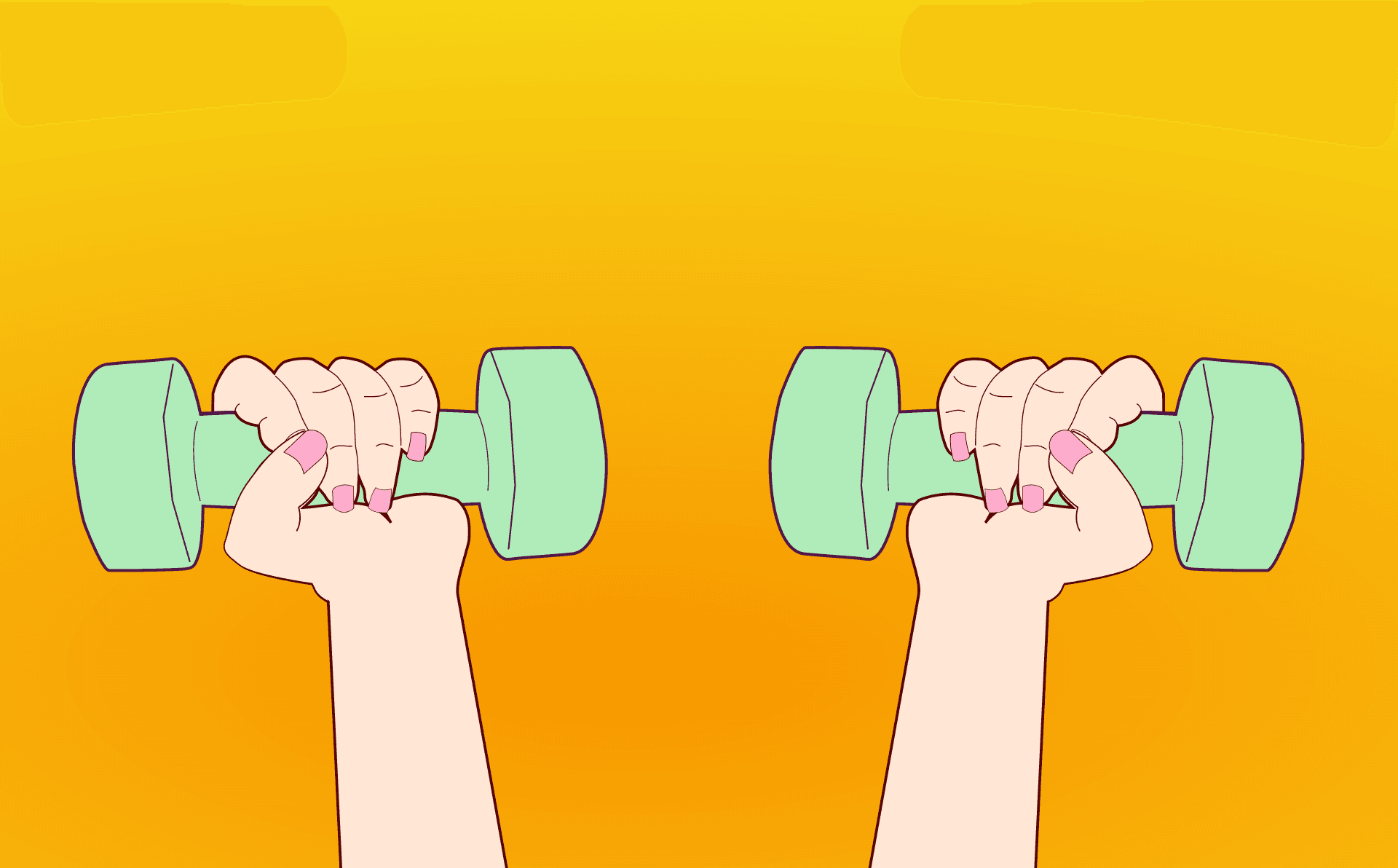Losing muscle mass can happen as you get older, but you can prevent it from happening. Here’s how to maintain muscle mass as you age.
The effects of aging are inevitable, but they’re not impossible to combat. With consistent effort, you can keep your body healthy and strong. The stereotype is that older people must be fragile and weak is untrue.
The human body is pretty remarkable, and it’ll do what it’s trained to do. So with proper care, you’ll continue to feel like a youngster. If you want to learn more about how to maintain muscle mass, just keep reading.
What Causes a Loss in Muscle Mass?
Your muscles continue to grow and strengthen from birth until your mid-30s. But when you enter your 30’s, you start to lose muscle mass. The loss is called sarcopenia, which is an age-related condition that happens with time.
People who are inactive physically can lose between 3-5% of their muscle mass every decade after turning 30. Sarcopenia generally accelerates around the age of 75.
However, it could also happen as early as 65 or as late as age 80. Because of this, it causes frailty, fractures, and falls in elderly adults.
Although this condition primarily happens within inactive people, it also occurs in those who are active. Because of that, other factors could contribute to it, such as:
- Reduced ability to turn protein into energy
- Not consuming enough calories or protein to maintain muscle mass
- Reduction in nerve cells used to send signals from the brain to the muscles
- Lower concentration levels in the growth, testosterone, and insulin hormones
Related: Ways to Know If Someone has Mental Health Problems
How to Maintain Muscle Mass?
Losing muscle mass doesn’t have to be inevitable. Obviously, you’ll lose some of it with time, but muscle maintenance is possible. Here are a few tips for maintaining muscle mass:
-
Continue to Do Weight Training
Aging adults can slow the natural process of losing muscle mass by remaining active. Weight training two to three times per week is best. Allow at least two days between each workout to let your muscles recover.
-
Eat Healthy
Although protein is a big part of maintaining muscle mass, eating energy-boosting superfoods is just as important. If you don’t consume the proper amount of nutrients to maintain your body weight and physical activity, you’ll experience muscle and bone mass.
-
Train Properly
Muscles have a sufficient supply of glucose. However, when glucose is low, your body gathers it from muscle protein, which is detrimental for muscle maintenance.
Therefore, you shouldn’t train on an empty stomach. Your body needs a fuel source while exercising or gluconeogenesis could occur.
With that said, it’s important to refuel after a workout. Consume a sufficient protein and carbs within one hour of exercise, and it’ll help to maintain muscle mass.
-
Get Plenty of Sleep and Relaxation
Sleep gives your body time to rebuild. Hormones like testosterone and the human growth hormone repair the body, and better sleep helps to aid the process.
Not to mention, relaxation plays an important role as well. Too much stress increases the catabolic stress hormone, which can damage muscle mass.
-
Limit Alcohol Consumption
One of the best tips for how to maintain muscle mass is to limit your alcohol intake. It’s okay to have a drink from time to time, but excessive drinking isn’t helpful. Too much alcohol raises estrogen levels and hinders testosterone, which contributes to muscle loss.
-
Get Enough Protein
As a mature adult, it’s important to eat well and consume the recommended amount of protein for your activity level. Eating approximately 1.2 grams of protein per day is best for seniors.
To determine the correct amount of protein you need, take your weight, and multiply it by 0.45. Multiply that number by 1.2 and that amount is your recommended daily protein required.
Related: Healthy Ways to Lose Weight in Preparation for a Wedding
Best Foods for Protein

Although you can get protein from multiple food sources, there are certain foods that are better than others. Here are a few suggestions:
Chicken Breasts
This one might seem like a given, but it’s one of the best sources of protein. Chicken can be eaten for breakfast, lunch, or dinner and it’s delicious.
Pumpkin Seeds
Pumpkin seeds are a great source of protein. It’s also high in fatty acids and makes for a healthy snack.
Eggs
One egg has roughly 6 grams of protein as well as zinc and healthy fats. If you have a choice, opt to eat brown eggs over white.
Wild Salmon
Salmon is most known for its omega-3 fatty acids, but it also contains about 25 grams of protein per 3.5 ounces. Although farmed salmon is okay to eat, wild salmon is better for you.
Albacore Tuna
Another effective source of protein is tuna. Even better, it’s fine to eat the canned version, which is cost-effective and convenient. However, you should stick to brands that don’t have high levels of heavy metals.
Greek Yogurt
Greek yogurt makes for a tasty, muscle-building snack. It doesn’t have any carbs and it’s packed with protein.
Soybeans
Soybeans are packed with protein and it works well for cardiovascular health. If you’re going to eat them, choose soybeans that are fermented or sprouted.
All of the food above are rich sources of protein, but if you need an extra boost.
Staying Fit and Strong
Hopefully, these tips on how to maintain muscle mass help you stay motivated to keep your muscles fueled. No one likes to feel weak and fragile, no matter how old they are.
The good news is, it’s not difficult to keep your muscles strong. If you follow the instructions above, your muscles will thank you.
Was this article helpful? If so, don’t hesitate to browse the rest of our blog. Our website covers a variety of interesting topics to keep you intrigued.
We’re sure you’ll enjoy it. Check us out!






